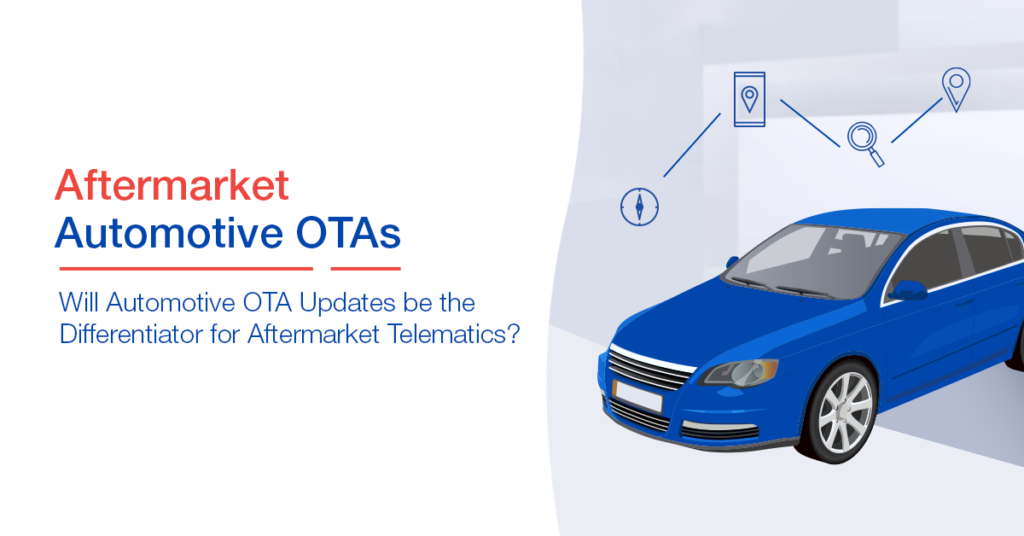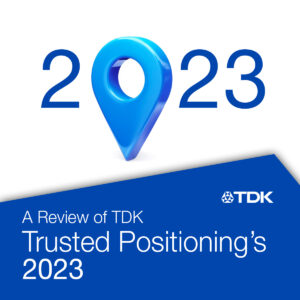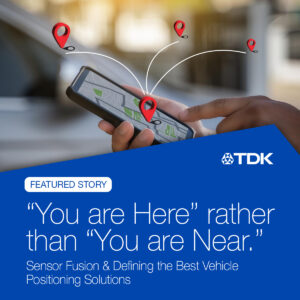Will Automotive OTA Updates be the Differentiator for Aftermarket Telematics?
Over the past decade, the automotive industry has experienced radical change. We’ve witnessed the transformation and optimization of machine and hardware, the adoption of the connected vehicle, and now the forthcoming industrial evolution of the “software-defined-vehicle”.
When a vehicle is designed and primarily enabled by software (i.e. software led hardware), it is termed a software-defined-vehicle. Vehicles have been gradually transforming from predominantly electromechanical platforms to intelligent mobile electric platforms that can be updated continuously throughout its life cycle.
Software is a key disruptor in the global automotive industry, and the global automotive over-the-air (OTA) market is projected to register a CAGR of 18.1% to reach $13.71 billion by 2030.
Not unlike the development pattern of the smartphone, the automotive market is now reaching it’s physical limits and transitioning from hardware updates to software development. Digital development has become a tool to mitigate risks and differentiate in the customer experience as consumers are expecting similar behaviors and experience from vehicles as they do with their smartphones.
Currently, premium vehicles are leading the need for advanced technologies; however, mass-market automotive OEM’s are quickly following suit and defining the 10 year strategy that will be filtered down to the systems integrators and analytics providers.

Where can you start? Positioning & Navigation Software.
Most vehicles manufactured after 2010 use some form of pre-installed tracking technology. Many are equipped with GNSS, and inertial sensors to calculate position, orientation, and velocity of the vehicle as well. With these components and the appropriate processing power, both of which are standard in many of today’s vehicles, navigation and positioning software updates can be applied OTA.
TRACK, our positioning and navigation software with OTA capabilities can transform GNSS positioning to deliver more accurate, always available positioning information. Our team simply compiles the TRACK libraries for our customer’s processors and can be added through a simple software update.
Positioning & Navigation Software with OTA capabilities
TRACK by TDK Trusted Positioning premium sensor fusion software provides enhanced vehicle positioning in the most challenging environments by using low-cost inertial MEMS sensors and GNSS (GPS). The inertial core of accelerometers and gyroscopes continuously tracks the relative movement of the vehicle and uses GNSS (GPS) information as absolute updates when available. In tunnels, parking structures or other areas where GNSS becomes unreliable like downtown centers, the inertial core filters out erroneous data and provides reliable positioning without GNSS. Calibration and misalignment to the vehicle is all done automatically through typical driving motion without need of expensive factory calibrations.
GNSS and IMU’s provide the required inputs for TRACK to operate. Optional inputs such as vehicle speed, pressure sensors and maps, can improve the accuracy of the solution. TRACK is always outputting continuous 3D positions, 3D velocities, roll/pitch/heading and driving dynamics.
TRACK’s services both pre-market and after-market automotive. This includes fleet tracking, navigation head units, telematics, vehicle AR/VR and other vehicle applications that require best positioning accuracy at an affordable cost. TRACK is currently shipping commercially in more than 50 million devices.
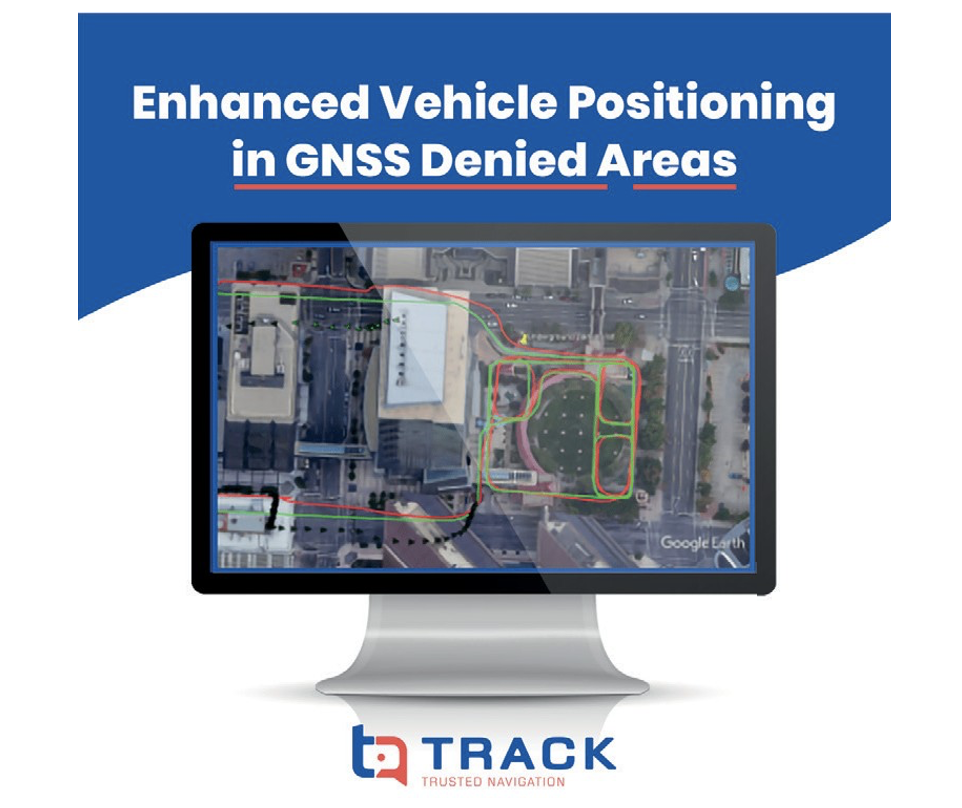
WHY TRACK
Control & Optimize Your System Design
- TRACK is hardware agnostic allowing customers to use the GNSS receiver and sensors of their choice.
- Customers can add their own improvements or IP to differentiate themselves from the competition.
- Customers may also choose TRACK as a software upgrade to their existing vehicle platforms that contain GNSS and sensors.
- System integrators can optimize or customize to their specific vehicle platform.
- No capital outlay required, TRACK is a utility platform
- Concurrent user/device license model
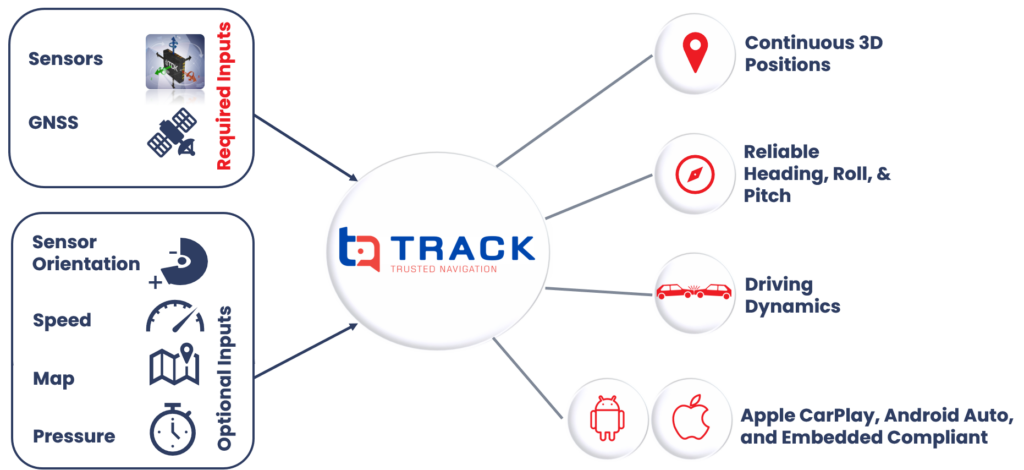
TRACK is now offered as a pay per use license service model. This new licensing model allows customers to pay for licenses as they are needed to avoid upfront capital costs. This accommodates seasonal or other time-based usage fluctuations. Companies using fleet tracking can benefit from this pay-per-use license model as it is easily transferrable between vehicles, provided they are connected to the cloud. This function is particularly useful in times where one vehicle may be down for maintenance, while another vehicle has been recommissioned for use. Seasonality may also affect usage as more vehicles may be deployed at different times of the year. This new model generates cost savings during periods of low usage while enabling companies to scale their use as their business requirements grow.

Easy to Integrate, Update and Transfer
TRACK can easily be integrated into existing systems, updated and transferred between different vehicles. This functionality makes installation and software updates seamless and instantaneous across vehicles.
Licenses can also be added or removed at any time to adjust to demand changes or business growth.
LEARN MORE ABOUT TRACK HERE
QUESTIONS?
Contact us at track.info@tdk.com
REQUIRE MORE PRECISE VEHICLE POSITIONING: LANE LEVEL OR DECIMETER?
Learn more about AUTO, our autonomous solution for vehicles and robots HERE
